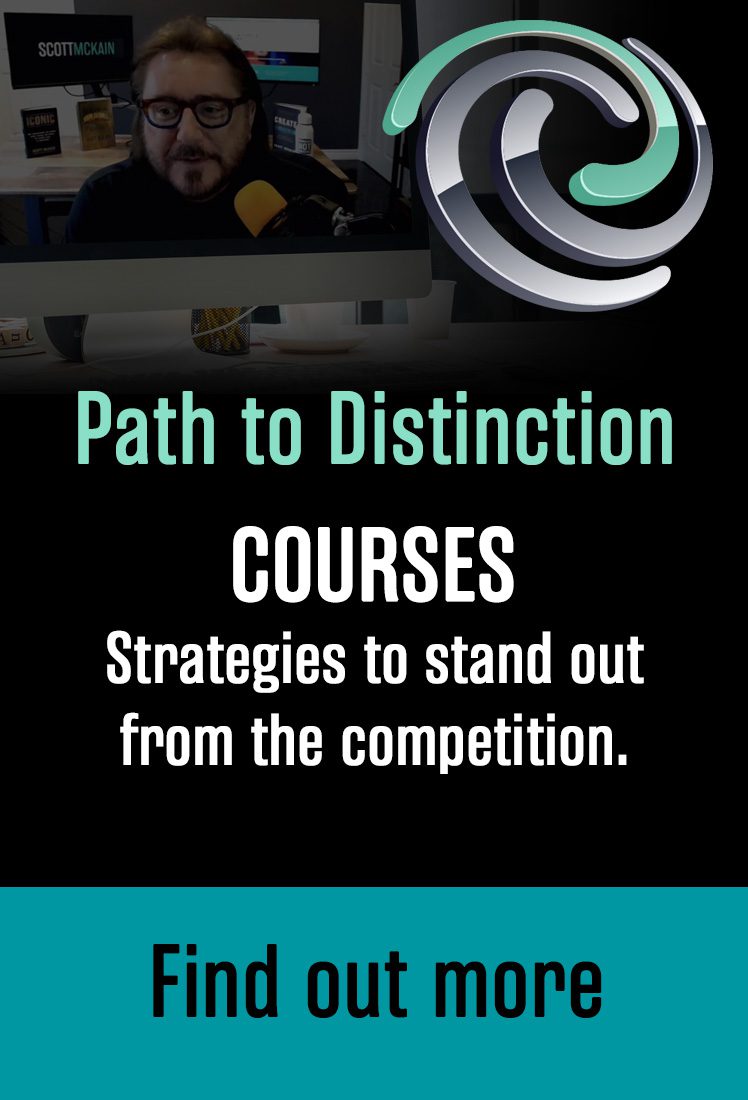In my first business book, “ALL Business is Show Business,” I wrote about the importance of emotion in creating and delivering the Ultimate Customer Experience.®
Emotions are powerful drivers of behavior–and they have been since the beginning of time. It seems that we’re hardwired to feel certain ways when we encounter certain stimuli: we feel happy when we see beauty; we become sad when someone close passes away; angry when someone does something unfair or wrong; and fear activates our fight-or-flight response when faced with danger.
When you think about it, emotions are what causes customers to fall in love with your product or service — and emotions keep them coming back time and again.
Emotions drive people to share their experiences with others, which will grow your business by increasing awareness and word-of-mouth referrals. If your customers are experiencing strong emotions when interacting with you — whether positive or negative — they’ll be more likely to remember those feelings later when making purchase decisions.
This means that a focus on emotional design is an important part of the customer experience. It can help you create a positive image and improve the overall experience for your customers.
Emotional design helps build trust by creating a heightened emotional connection between you and your customers, making them more likely to purchase from you. This connection can also help increase loyalty among existing customers by reinforcing their positive feelings toward your company or product line.
Research shows that consumers who feel positively about a company are more likely to recommend it on social media platforms as well as through word-of-mouth recommendations. This would mean there is less need for advertising expenses because your emotional design increases brand awareness without additional marketing investment required!
The future of emotional design for you and your organization is in your hands. Start by using data as a tool for understanding what people say they feel and how their emotions affect their behavior and decision-making processes. Once you’ve got that information at hand, use technology (like chatbots, for instance) to improve how customers interact with each other and with businesses like yours — then measure the results.
If you want to deliver an Ultimate Customer Experience® so your organization gains more repeat and referral business, consider the importance of designing how you can enhance the emotional engagement that a customer has with you with as much passion and precision as you seek to delineate their customer journey.



